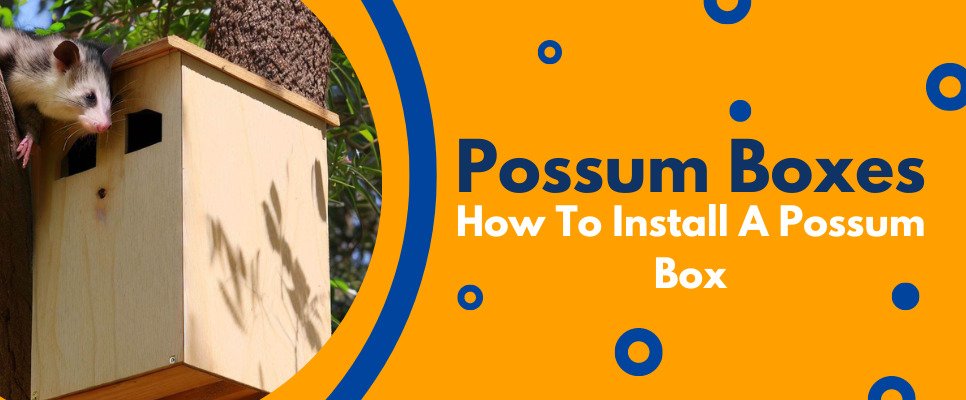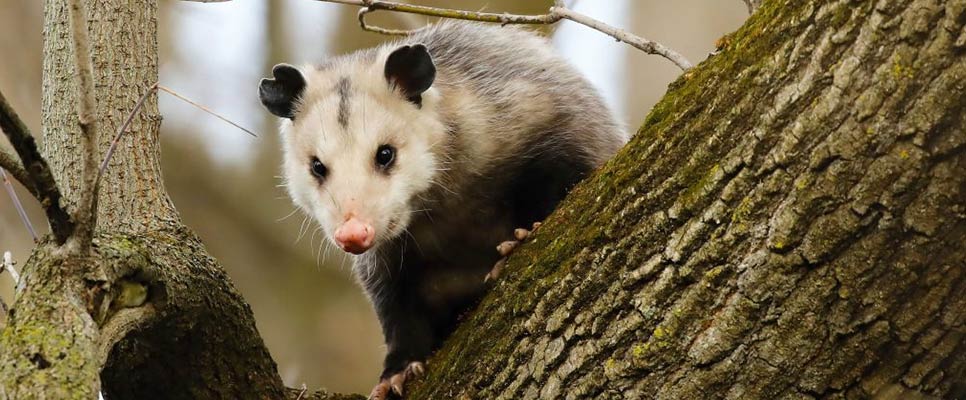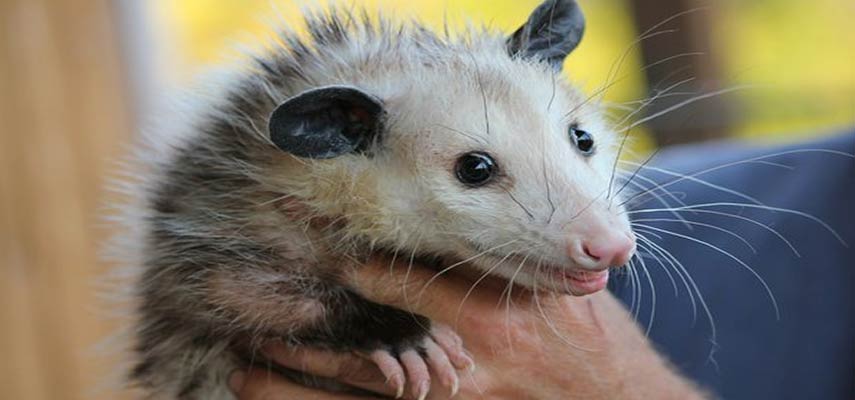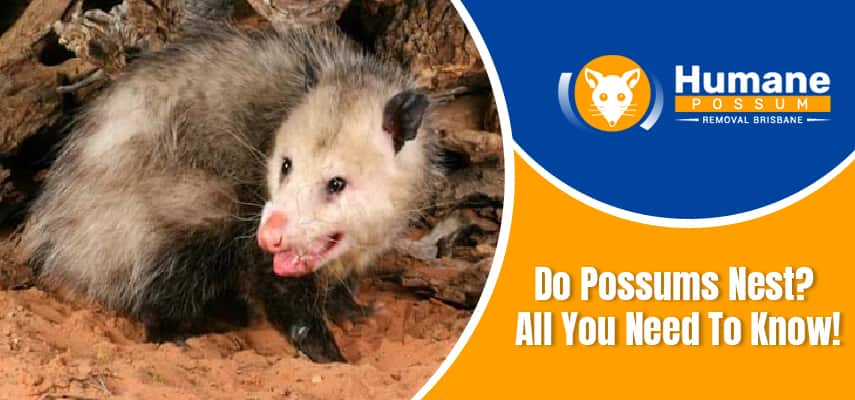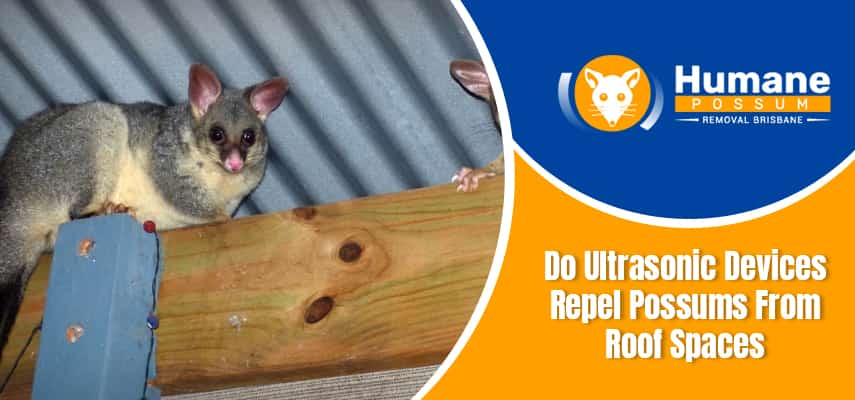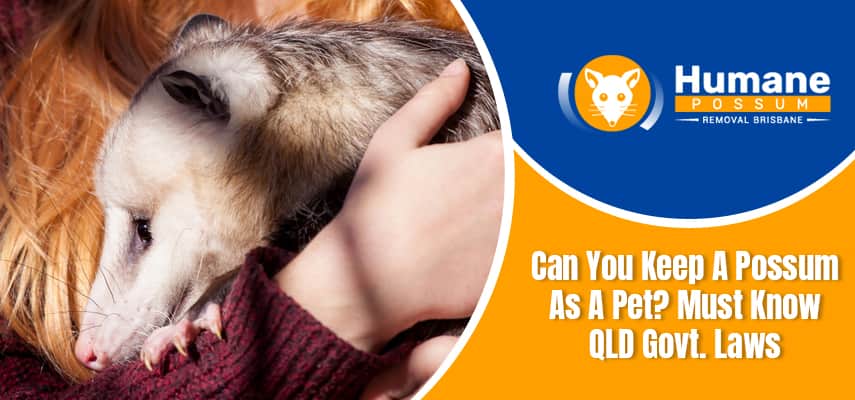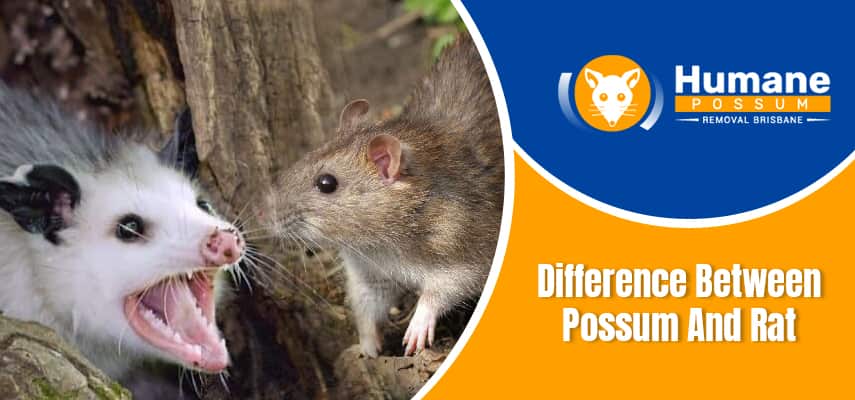Possums are a common sight in Australian neighbourhoods, often making their way into homes and gardens. While these nocturnal marsupials are a vital part of the ecosystem, their presence in your roof or gutters can lead to noise, mess, and property damage. Gutter guards and valley guards are effective solutions for preventing possums from accessing your roof while maintaining a safe and humane approach to their control. Here’s how these protective measures can help with possum prevention and complement professional possum removal services.
Why Possums Enter Roofs and Gutters
Possums seek shelter in roof cavities and gutters for several reasons:
- Protection from Predators: Roofs provide a secure and elevated hiding spot, keeping them safe from ground predators.
- Access to Food: Gutters often collect fallen leaves, fruit, or water, which can attract possums.
- Warmth and Shelter: Roof spaces offer warmth and protection, making them ideal nesting spots, especially during colder months.
While possums may not mean harm, their presence can result in structural damage, blocked gutters, and unwanted noise. This makes prevention essential.
The Role of Gutter Guards in Possum Prevention
Gutter guards are covers or mesh systems designed to keep leaves and debris out of your gutters. However, they also serve as a deterrent for possums by blocking their access points. Here’s how gutter guards help:
Prevent Climbing
Gutter guards create a physical barrier, making it harder for possums to climb into your roof or gutters. This limits their access to potential nesting areas.
Reduce Attractants
By keeping your gutters clean and free of debris, gutter guards remove a food and water source that might otherwise attract possums.
Protect Your Roof
In addition to preventing possum access, gutter guards protect your roof from water damage caused by clogged gutters, ensuring a safer and more functional home.
The Role of Valley Guards in Possum Prevention
Valley guards are protective barriers installed in roof valleys to prevent animals like possums from entering. These guards are particularly effective in areas where possums are known to climb through open roof valleys.
- Seamless Integration: Valley guards blend seamlessly with your roof structure, ensuring no gaps for possums to exploit.
- Durable Design: Made from sturdy materials, valley guards withstand the wear and tear caused by wildlife and harsh weather.
- Enhanced Security: Combined with gutter guards, valley guards provide a comprehensive defence system against possum entry.
Benefits of Gutter and Valley Guards
Investing in gutter and valley guards offers several benefits beyond possum prevention:
- Long-Term Protection: These solutions are durable and require minimal maintenance, offering lasting protection for your roof.
- Eco-Friendly Solution: Gutter and valley guards provide a humane way to prevent possums from entering your property without harming them.
- Improved Roof Hygiene: By keeping gutters and valleys clear, these guards prevent water damage, mould growth, and pest infestations.
When to Seek Expert for Controlling possums
While gutter and valley guards are effective preventative measures, you may already have a possum problem. In such cases, emergency possum removal in Brisbane services are the best solution. Trained experts can safely and humanely remove possums from your property while ensuring compliance with wildlife laws.
Professionals also assess your roof and recommend additional preventive measures, such as sealing entry points and installing guards, to prevent future problems.
FAQs
1. Do gutter guards work for possum prevention?
Yes, gutter guards are highly effective at blocking possums’ access to your roof and preventing nesting.
2. Are valley guards necessary if I already have gutter guards?
Valley guards provide extra protection by covering vulnerable roof valleys. Combining both ensures comprehensive possum prevention.
3. Can I install gutter and valley guards myself?
While it’s possible, professional installation ensures the guards are secure and effective. This also reduces the risk of gaps that possums might exploit.
Contact Us
If possums are causing issues in your roof or gutters, we’re here to help! Our professional possum removal services and expert advice on gutter and valley guards will safeguard your home and keep these native creatures at bay. Call us today at 07 3186 8640.
Conclusion
Gutter guards and valley guards are essential solutions for preventing possums from accessing your roof and causing damage. These measures not only protect your property but also promote a humane approach to wildlife management. For existing possum issues, professional possum removal services ensure safe and effective resolutions. With the right strategies in place, you can enjoy a possum-free home while supporting Australia’s native wildlife.

